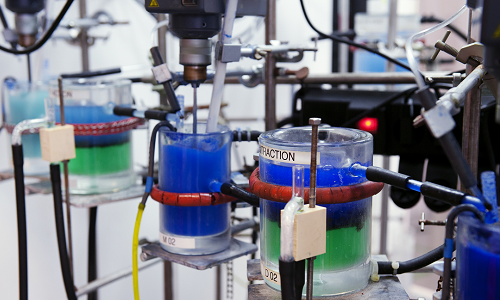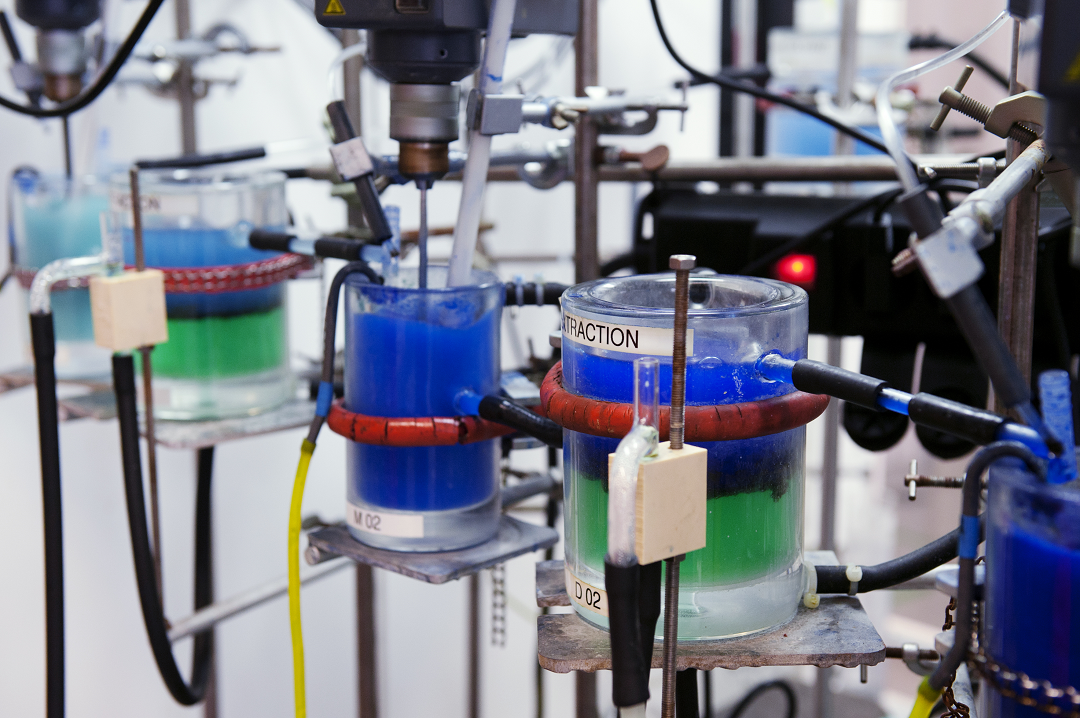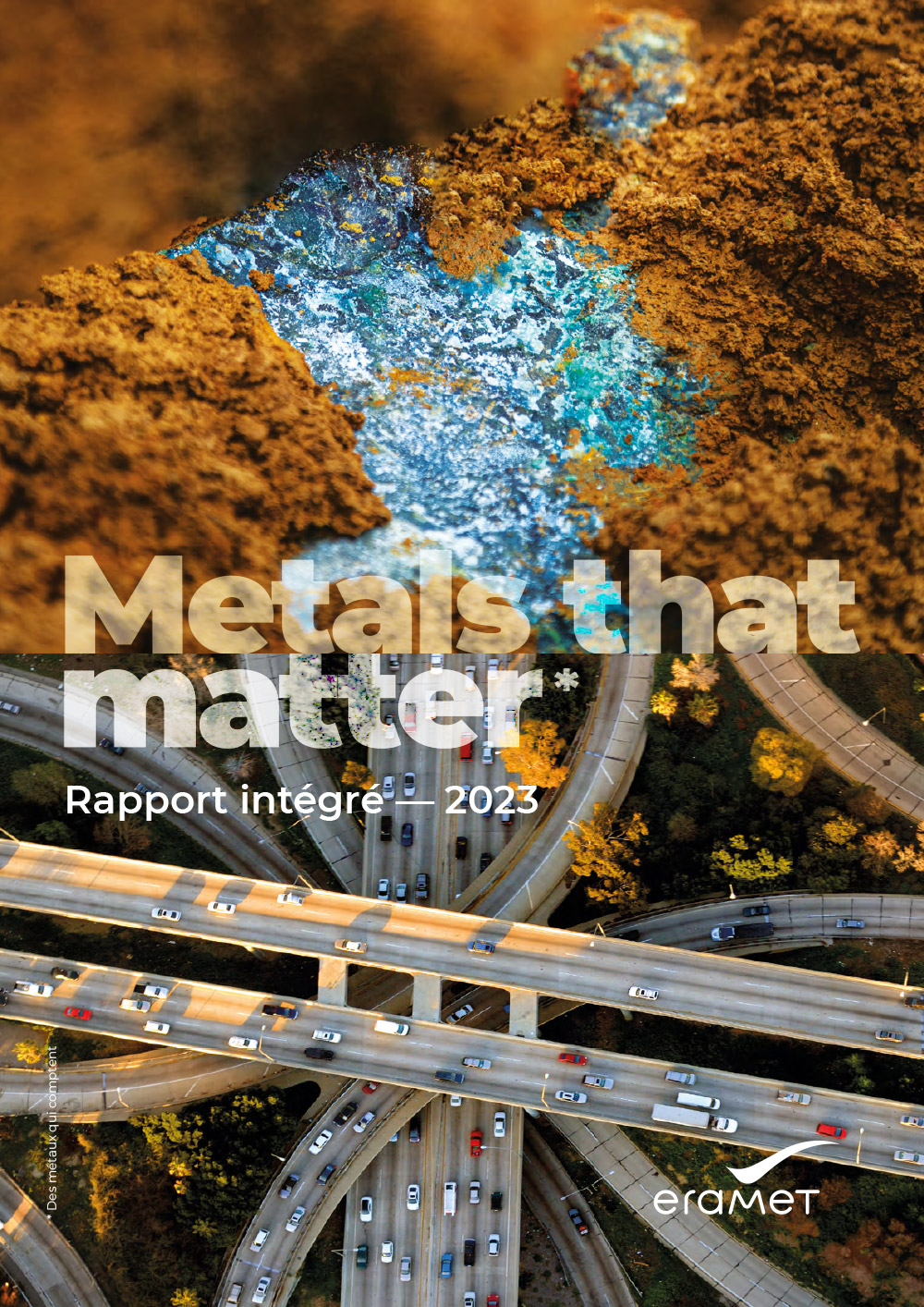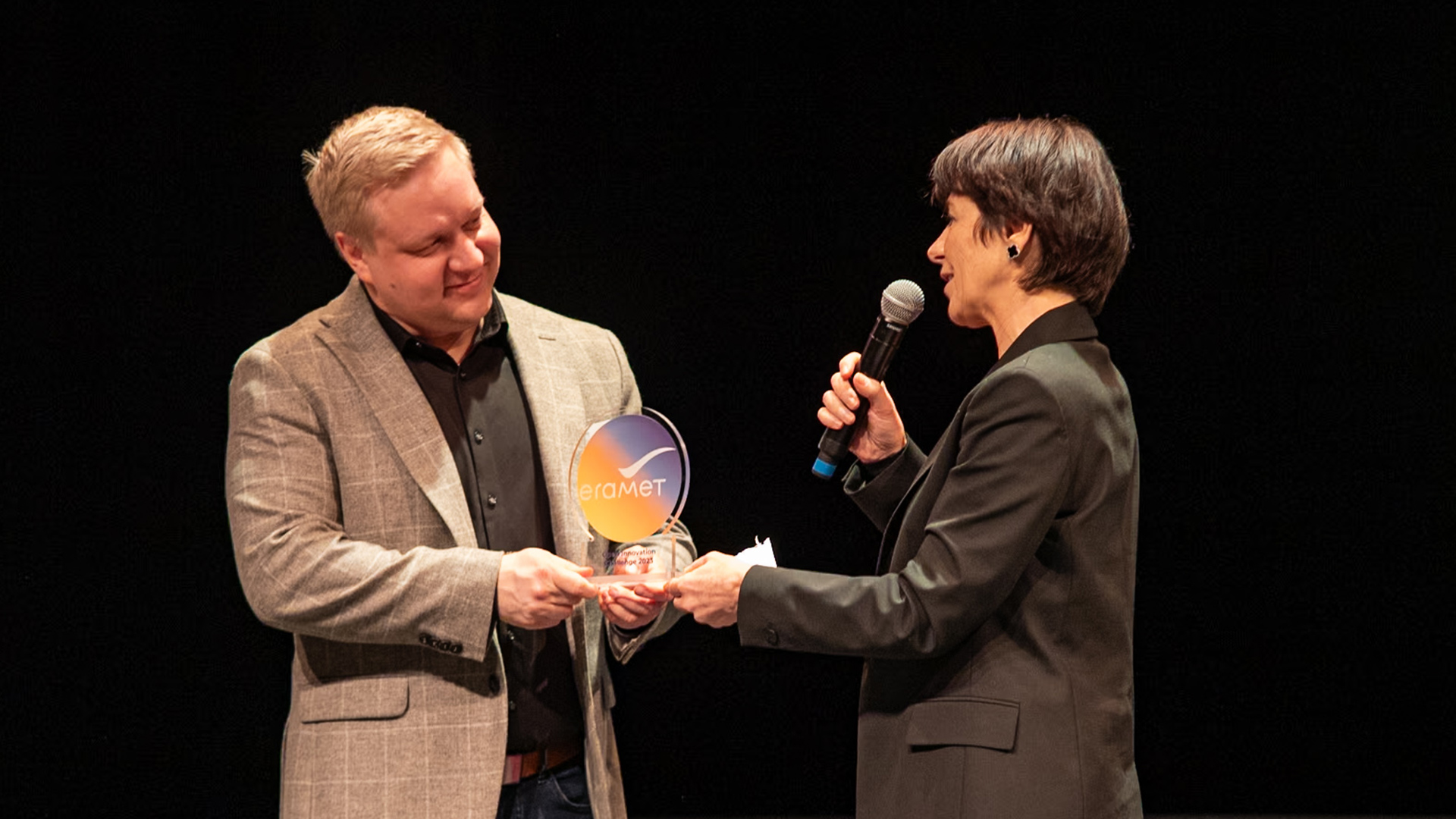Have you heard about the ReLieVe project aimed at recycling Li-ion batteries? Check out its brand new website today.
The ReLieVe project website is now operational and provides information on this major initiative aimed at developing an innovative closed-loop process for recycling Li-ion batteries from electric vehicles. We took this opportunity to discuss how research is progressing with Sophie Lebouil, R&D Program Manager at Eramet Ideas and coordinator of the project.
Where do things stand with the ReLieVe project?
Sophie Lebouil — Over the course of 2020, we carried out several pilot-scale tests. These experiments concerned both the initial stages of the process, i.e. the crushing of batteries and all the physical separation stages required to recover the black mass (intermediate product resulting from recycling) and the valuable metals it contains, and the final stages of the process, i.e. the refining of this black mass by hydrometallurgical means to produce battery-quality salts. Carrying out all these pilot campaigns was really challenge in these times of pandemic crisis, but thanks to the dedication of the Eramet Ideas teams, we pulled it off.
What were the findings of these experiments?
S. L. — We now have a tested process that meets the performance objectives we set ourselves. In 2021, we have been pursuing our testing on a semi-industrial scale, piloting our recycling process across a greater variety of battery types and focusing in particular on the production scrap from our gigafactories: production scrap — i.e., battery pieces or even entire new batteries — from these factories. The aim is of course to achieve the best possible rate of recycling, but also to obtain high-purity end products for the production of new batteries.
How are your partners SUEZ (on the collection and dismantling side) and BASF (on the cathode materials manufacturing side) progressing?
S. L. — The SUEZ group has been working on creating a database of all existing types of electric batteries and pack assembly parameters in order to study the possibility of automating certain stages of the dismantling process. The objective is also to find the best way to integrate the logistical aspects between the battery discharging/dismantling operations and the future recycling plant. Several alternatives are possible, such as transporting battery modules or even crushing the cells to make them more easily transportable. The teams are also looking at the best way to organize collection across the country, be it on a departmental, regional or even national scale. They are also checking to make sure that these models comply with European regulations as set out in Directive 2006/66/EC. The BASF group is working on the CAM (Cathode Active Materials) component of the project, which involves manufacturing active battery materials using the output of Eramet’s recycling process. As a regular customer of nickel, cobalt and lithium salt producers such as Eramet, BASF’s teams are able to specify their needs in terms of product purity.
What are the next scheduled steps in the project?
S. L. — 2021 is an important milestone because we are coming to the end of the exploratory study and we will have all the elements required to carry out a preliminary validation of the main technical and economic parameters of industrial operations, and thus decide whether to proceed with the plans to scale up to industrial production. Our intention is to pursue the development of this project with partners, in particular to secure the supply of input materials, whether they be end-of-life automotive batteries or production waste from the future European gigafactories, but also to accelerate the development of certain technological bricks and integrate this project into the European batteries value chain.
What model do you intend to adopt?
S. L. — Today in Europe, most of the recycling activities concerning Li-ion batteries from electric vehicles are limited to the production of black mass. This is then exported to countries outside Europe, often to North America, where it is processed by pyrometallurgical means, which is not the most efficient approach from an environmental point of view, since only certain metals can be recovered, and this process requires the material to be transported over long distances. On the other hand, the export of black mass is at odds with the objective of securing the supply chains of these materials for the production of new electric vehicle batteries, the widespread use of which is a major goal in terms of the energy transition, but also when it comes to large-scale job creation. The current model is thus no longer suited to the changes in the market and in European regulations.
How can this change be achieved?
S. L. — Our aim is to develop an integrated model in Europe, extending from battery recycling to the production of materials suitable for the manufacture of new batteries. This is a comprehensively European strategy, one that is both effective and complementary to the existing black mass production process. We are also drawing inspiration from the Chinese model, which is more fully developed, due to the greater number of electric vehicles on their roads. The idea is to capitalize on the existing European strengths in terms of structures and our expertise when it comes to hydrometallurgical processing of our own black mass as well as that of other producers. It is thus all about creating a virtuous model with shorter, more efficient and more profitable loops to meet the needs of a recycling market that is expected to grow very strongly over the next 20 years.





